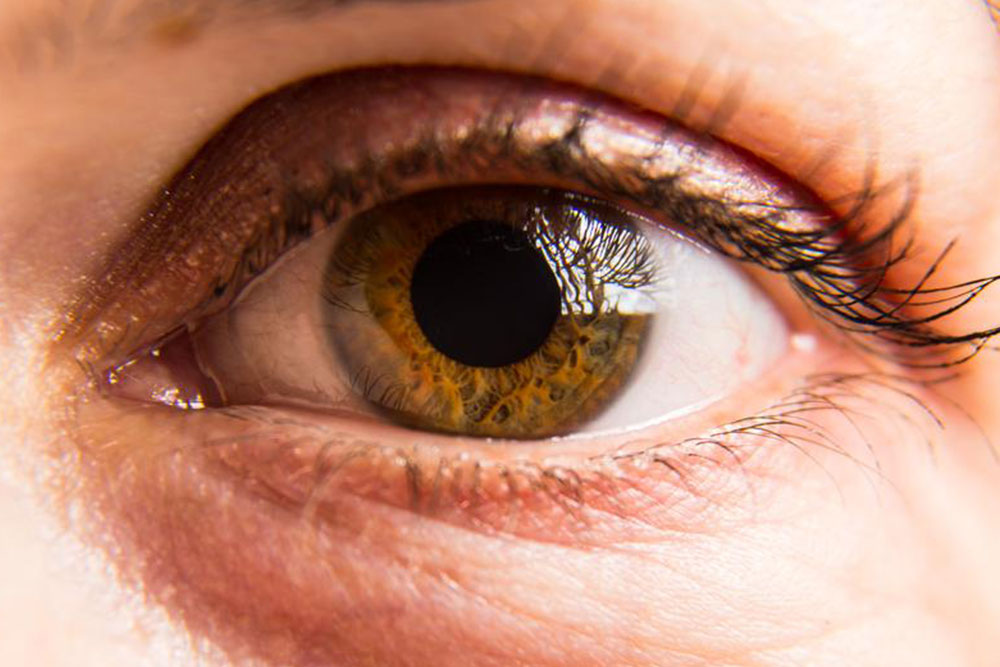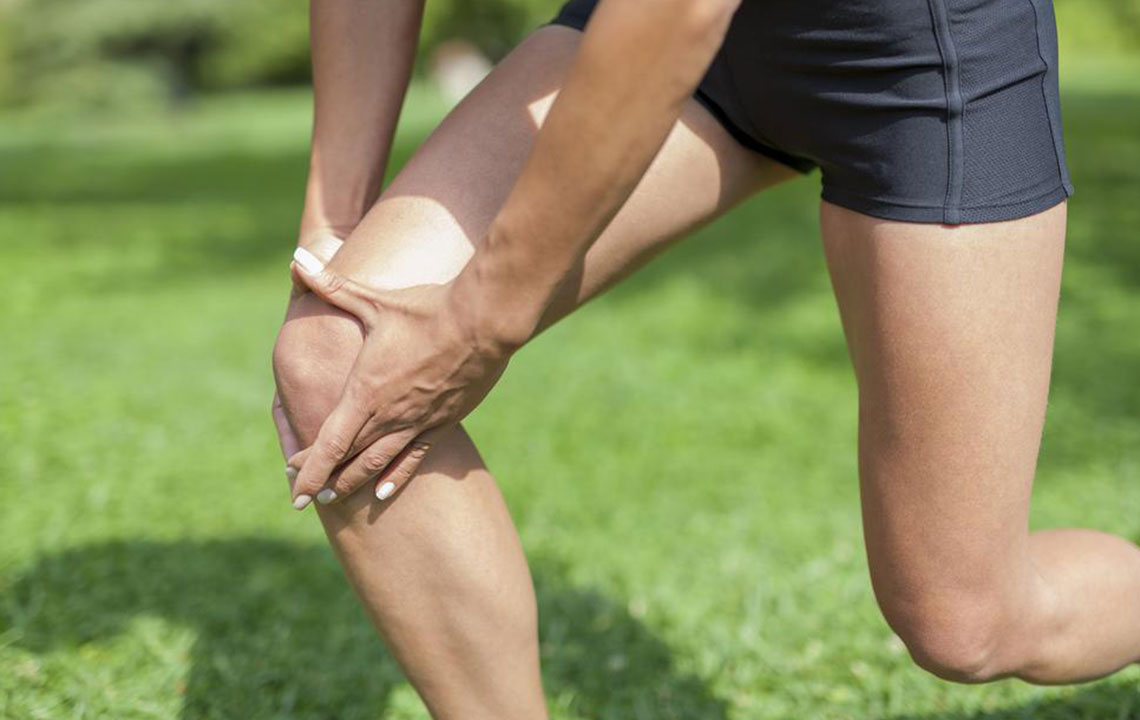Comprehensive Overview of Paralysis Treatment Strategies
This comprehensive guide explores the causes, types, and modern treatments of paralysis. It emphasizes traditional therapies like physiotherapy and occupational therapy, along with innovative approaches such as stem cell therapy and robotics. Holistic strategies including nutrition and psychosocial support are also discussed to enhance recovery and improve quality of life. Staying informed about advancements and seeking personalized medical advice are crucial for managing this complex condition effectively.

Comprehensive Overview of Paralysis Treatment Strategies
Paralysis refers to the loss of voluntary muscle movement in a body region, which can be partial or complete. It occurs due to various reasons like strokes, injuries, multiple sclerosis, or neurological conditions. Since paralysis impacts daily life, understanding available treatments is vital.
What Is Paralysis?
Types of Paralysis
1. Monoplegia
Involvement of a single limb
2. Hemiplegia
One side of the body affected, usually from stroke
3. Paraplegia
Impacts both legs and possibly parts of the trunk
4. Quadriplegia/Tetraplegia
Loss of movement in arms and legs, often due to spinal injuries
Root Causes
1.
Underlying causes include neurological disorders like ALS and MS, strokes, traumatic spinal injuries, infections such as polio, and congenital conditions like cerebral palsy.
Treatment Approaches
1. Medical Treatments
Physiotherapy: Focuses on exercises to regain muscle strength, improve joint flexibility, and utilize electrical stimulation techniques to enhance muscle contractions.
Occupational therapy: Aims to improve independence by training patients in daily activities and using adaptive devices like modified utensils and button hooks.
Speech therapy: Assists with speech and swallowing difficulties by strengthening oral muscles and improving articulation.
Medications: Drugs such as muscle relaxants and anti-inflammatories help manage symptoms and support nerve health.
Surgical options: Procedures like nerve grafting and tendon transfers can sometimes restore movement.
Emerging therapies: Stem cell treatments, wearable exoskeletons, and brain-computer interfaces are promising innovations in paralysis care.
2. Holistic and Supportive Strategies
Nutrition: A balanced diet rich in essential nutrients promotes recovery and muscle function.
Psychosocial support: Counseling and support groups aid emotional well-being and coping mechanisms.
3. Preventive Measures
Adopting a healthy lifestyle with regular exercise and proper diet reduces stroke risk.
Using protective gear during sports or driving can prevent traumatic injuries.
Regular health check-ups allow early detection and prevention of conditions leading to paralysis.
Managing paralysis requires a multidisciplinary approach combining medical, rehabilitative, and supportive care. Advances in technology and holistic methods continue to improve patient outcomes, offering hope for enhanced recovery and quality of life.
Consult healthcare professionals to tailor treatment plans suited to individual needs and stay informed about emerging therapies and innovations.










